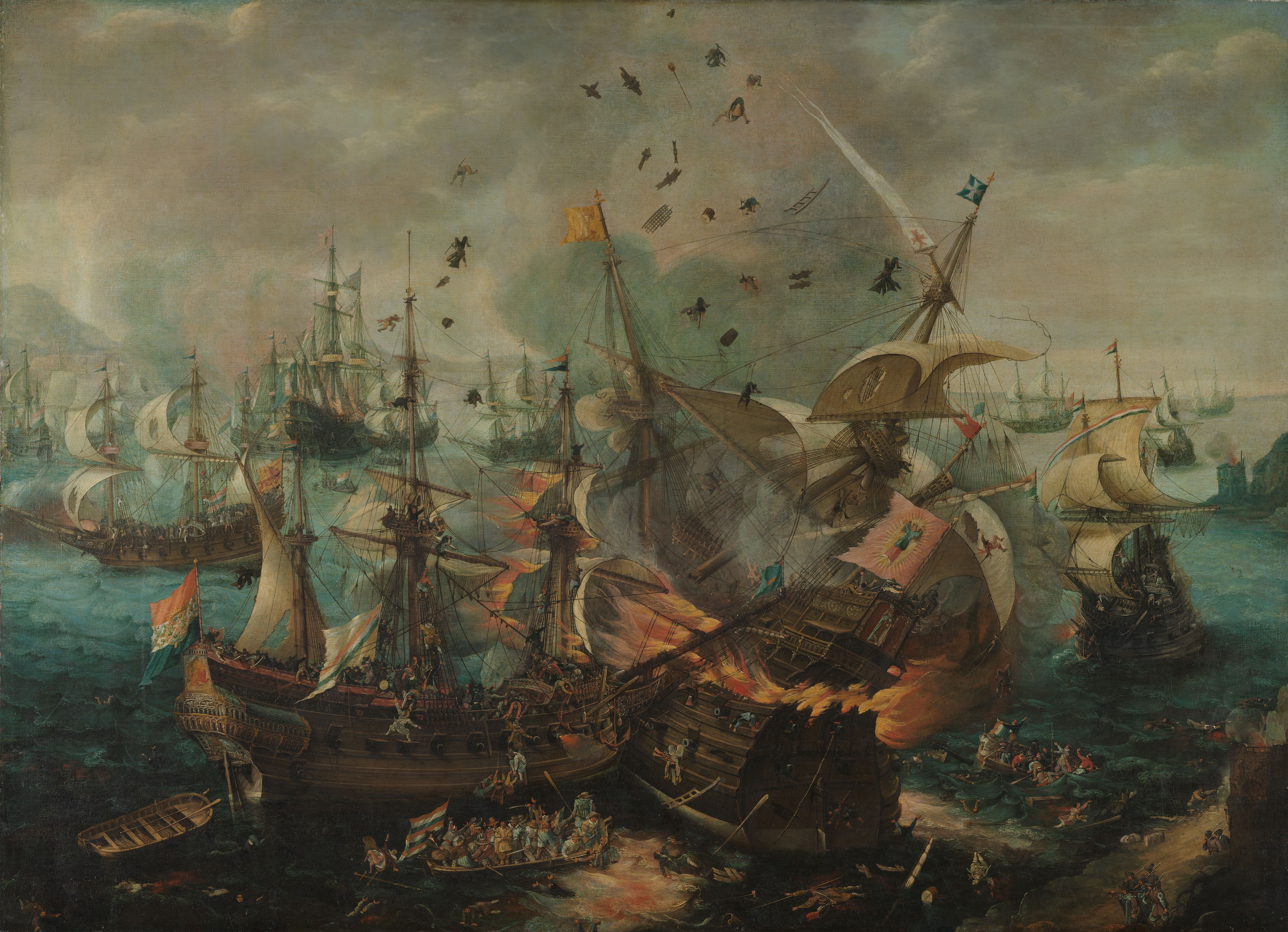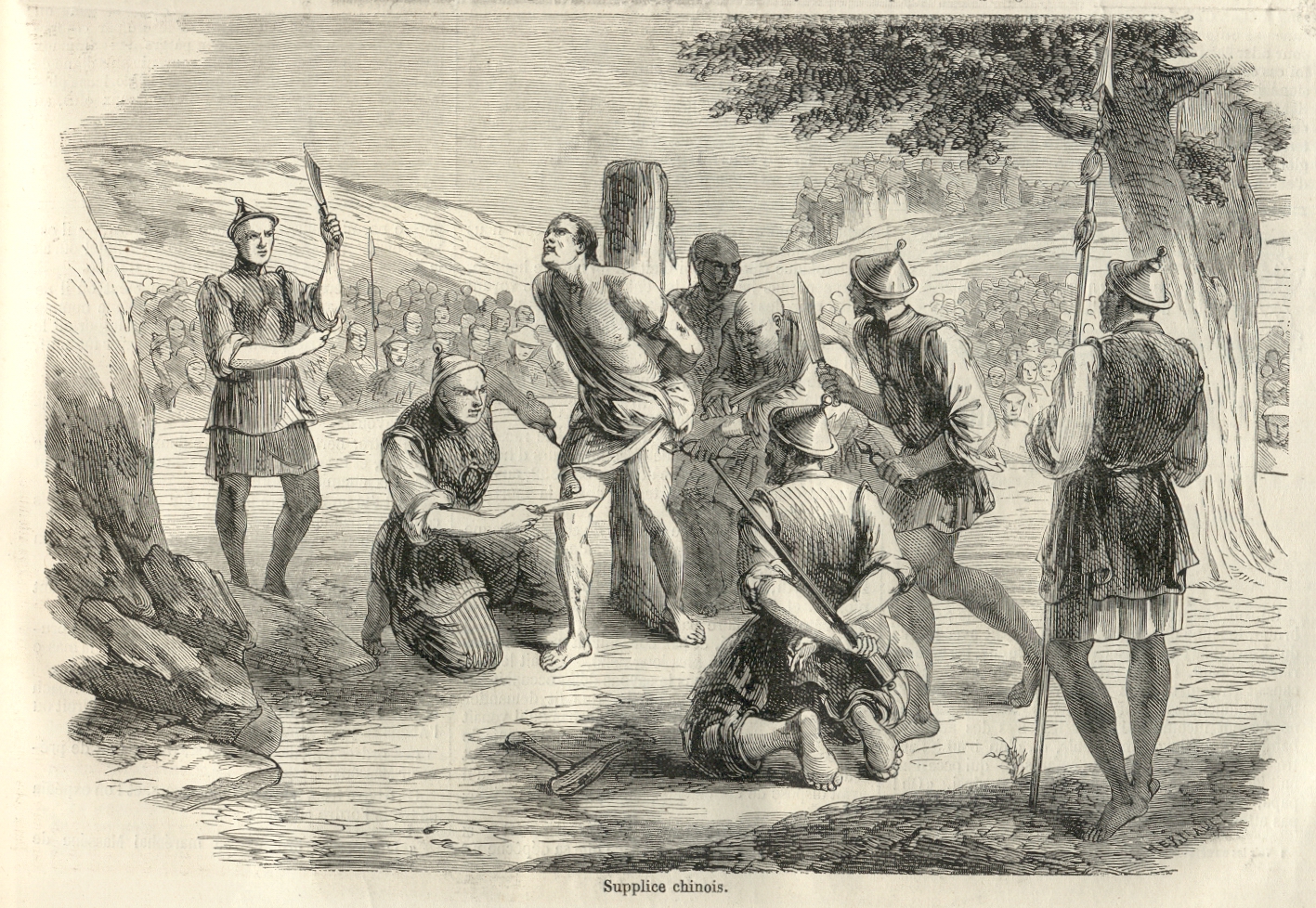|
Princess Ning'an
Princess Ning'an was a Ming dynasty princess and the third daughter of the Jiajing Emperor to survive infancy.Zhang (1739), volume 114. Biography The princess was born in 1539 to the Jiajing Emperor's favoured concubine Consort Duan, and given the personal name Luzheng. After the Renyin palace rebellion in 1542, Empress Fang sentenced Consort Duan to death by slow-slicing, however, it was later found that Consort Duan had not been involved with the uprising. Luzheng was only three years old at the time. After her mother's death, she was raised by Imperial Noble Consort Shen (沈). Luzheng was granted the title Princess Ning'an in 1555, the same year that Li He of Ningjin County, Hebei as her husband.History Office (1620s), volume 417. Only one of Princess Ning'an's children is recorded in the official histories; her son, Li Cheng'en.Zhang (1739), volume 193. She later received the title of ''Dazhang'' (大长) Princess Ning'an. In fiction and popular culture Portrayed by Fan B ... [...More Info...] [...Related Items...] OR: [Wikipedia] [Google] [Baidu] |
House Of Zhu
The House of Zhu was the imperial house that ruled the Ming dynasty of China from 1368 to 1644. Rump states of the Ming dynasty (collectively known as the Southern Ming) continued in the southern region until 1662, but the territory gradually decreased. The Ming dynasty was the last imperial dynasty of China ruled by the Han people. After its downfall, China was conquered by the Manchu-led Qing dynasty (1644–1912). The Han-led state was only restored after the fall of the Qing dynasty, with the establishment of the Republic of China as a nation state in 1912. Its founder was Zhu Yuanzhang, the leader of a major rebellion against the Mongol-led Yuan dynasty. He and his descendants lifted China to long-term economic prosperity and political stability. Over time, thanks to the polygamy common among the upper classes of Chinese society, the number of male members of the house increased to one hundred thousand. However, except for the emperors and heirs to the throne, they were ... [...More Info...] [...Related Items...] OR: [Wikipedia] [Google] [Baidu] |
Fan Bingbing
Fan Bingbing (, born 16 September 1981) is a Chinese actress. After gaining recognition for the costume drama '' My Fair Princess'' (1998–1999), Fan's breakthrough came with Feng Xiaogang's blockbuster '' Cell Phone'' (2003), which won her the Hundred Flowers Award for Best Actress. She followed with television series such as '' The Proud Twins'' (2004), '' Eight Heroes'' (2006), and '' The Empress of China'' (2014) while collaborating with Li Yu on art-house films such as '' Lost in Beijing'' (2007), '' Buddha Mountain'' (2011), and '' Double Xposure'' (2012). She reunited with Feng in '' I Am Not Madame Bovary'' (2016), which won her the Silver Shell for Best Actress and the Golden Rooster Award for Best Actress. Her international credits include '' My Way'' (2011), '' X-Men: Days of Future Past'' (2014), ''Skiptrace'' (2016), and '' The 355'' (2022). From 2013 to 2017, she was the highest-paid celebrity in the ''Forbes'' China Celebrity 100 list after ranking in the to ... [...More Info...] [...Related Items...] OR: [Wikipedia] [Google] [Baidu] |
17th-century Chinese Women
The 17th century lasted from January 1, 1601 (represented by the Roman numerals MDCI), to December 31, 1700 (MDCC). It falls into the early modern period of Europe and in that continent (whose impact on the world was increasing) was characterized by the Baroque cultural movement, the latter part of the Spanish Golden Age, the Dutch Golden Age, the French ''Grand Siècle'' dominated by Louis XIV, the Scientific Revolution, the world's first public company and megacorporation known as the Dutch East India Company, and according to some historians, the General Crisis. From the mid-17th century, European politics were increasingly dominated by the Kingdom of France of Louis XIV, where royal power was solidified domestically in the civil war of the Fronde. The semi-feudal territorial French nobility was weakened and subjugated to the power of an absolute monarchy through the reinvention of the Palace of Versailles from a hunting lodge to a gilded prison, in which a greatly expanded r ... [...More Info...] [...Related Items...] OR: [Wikipedia] [Google] [Baidu] |
16th-century Chinese People
The 16th century began with the Julian calendar, Julian year 1501 (represented by the Roman numerals MDI) and ended with either the Julian or the Gregorian calendar, Gregorian year 1600 (MDC), depending on the reckoning used (the Gregorian calendar introduced a lapse of 10 days in October 1582). The Renaissance in Italy and Europe saw the emergence of important artists, authors and scientists, and led to the foundation of important subjects which include accounting and political science. Copernicus proposed the Copernican heliocentrism, heliocentric universe, which was met with strong resistance, and Tycho Brahe refuted the theory of celestial spheres through observational measurement of the SN 1572, 1572 appearance of a Milky Way supernova. These events directly challenged the long-held notion of an immutable universe supported by Ptolemy and Aristotle, and led to major revolutions in astronomy and science. Galileo Galilei became a champion of the new sciences, invented the first ... [...More Info...] [...Related Items...] OR: [Wikipedia] [Google] [Baidu] |
Ming Dynasty Princesses
The Ming dynasty, officially the Great Ming, was an Dynasties of China, imperial dynasty of China that ruled from 1368 to 1644, following the collapse of the Mongol Empire, Mongol-led Yuan dynasty. The Ming was the last imperial dynasty of China ruled by the Han people, the majority ethnic group in China. Although the primary capital of Beijing fell in 1644 to a rebellion led by Li Zicheng (who established the short-lived Shun dynasty), numerous rump state, rump regimes ruled by remnants of the House of Zhu, Ming imperial family, collectively called the Southern Ming, survived until 1662. The Ming dynasty's founder, the Hongwu Emperor (1368–1398), attempted to create a society of self-sufficient rural communities ordered in a rigid, immobile system that would guarantee and support a permanent class of soldiers for his dynasty: the empire's standing army exceeded one million troops and the naval history of China, navy's dockyards in Nanjing were the largest in the world. H ... [...More Info...] [...Related Items...] OR: [Wikipedia] [Google] [Baidu] |
1607 Deaths
Events January–March * January 13 – The Bank of Genoa fails. * January 19 – San Agustin Church, Manila, is officially completed; by the 21st century it will be the oldest church in the Philippines. * January 30 – Coastal flooding around Britain, probably a storm surge, including Bristol Channel floods in which a massive wave sweeps along the Bristol Channel, killing an estimated 2,000 people. * February 24 – Claudio Monteverdi's ''L'Orfeo'', the earliest fully developed opera in the modern-day repertoire, premieres at the Ducal Palace of Mantua. * March 10 – Battle of Gol in Gojjam: Susenyos defeats the combined armies of Yaqob and Abuna Petros II, which makes him Emperor of Ethiopia. April–June * April 25 – Battle of Gibraltar: A Dutch fleet of 26 warships, led by Admiral Jacob van Heemskerck, stages a surprise attack on a Spanish fleet anchored in the Bay of Gibraltar. In the battle that ensues, Spain loses as man ... [...More Info...] [...Related Items...] OR: [Wikipedia] [Google] [Baidu] |
1539 Births
__NOTOC__ Year 1539 ( MDXXXIX) was a common year starting on Wednesday of the Julian calendar. Events January–March * January 4 – Giannandrea Giustiniani Longo is elected two a two year term as Doge of the Republic of Genoa in Italy, succeeding Giovanni Battista Doria. * January 12 – Treaty of Toledo: Charles V, Holy Roman Emperor (and Charles I of Spain) and Francis I of France agree to make no further alliances with England. The treaty comes after Henry VIII of England's split with Rome and Pope Paul III. * January – Toungoo–Hanthawaddy War – Battle of Naungyo, Burma: The Toungoos decisively defeat the Hanthawaddys. * February 9 – The first horse race is held at Chester Racecourse, the oldest in use in England. * March 1 – King Henry VIII of England summons Parliament to meet, with the session to start on April 28. * March 2 – Askia Isma'il, ruler of the Songhai Empire in West Africa, dies after a reign of slight ... [...More Info...] [...Related Items...] OR: [Wikipedia] [Google] [Baidu] |
Ningjin County, Hebei
Ningjin County () is a county in the south of Hebei Hebei is a Provinces of China, province in North China. It is China's List of Chinese administrative divisions by population, sixth-most populous province, with a population of over 75 million people. Shijiazhuang is the capital city. It bor ... province, China. It is under the administration of Xingtai City, with a population of 730,000 residing in an area of . Both and G20 Qingdao–Yinchuan Expressway and China National Highway 308 pass through the county. Administrative divisions The county administers 10 towns and 6 townships. Climate References External links County-level divisions of Hebei {{Xingtai-geo-stub ... [...More Info...] [...Related Items...] OR: [Wikipedia] [Google] [Baidu] |
Jiajing Emperor
The Jiajing Emperor (16September 150723January 1567), also known by his temple name as the Emperor Shizong of Ming, personal name Zhu Houcong, art name, art names Yaozhai, Leixuan, and Tianchi Diaosou, was the 12th List of emperors of the Ming dynasty, emperor of the Ming dynasty, reigning from 1521 to 1567. He succeeded his cousin, the Zhengde Emperor. The Jiajing Emperor was born as a cousin of the reigning Zhengde Emperor, so his accession to the throne was unexpected, but when the Zhengde Emperor died without an heir, the government, led by Senior Grand Secretary Yang Tinghe and Empress Zhang (Hongzhi), Empress Dowager Zhang, chose him as the new ruler. After his enthronement, a dispute arose between the emperor and his officials regarding the method of legalizing his accession. This conflict, known as the Great Rites Controversy, was a significant political issue at the beginning of his reign. After three years, the emperor emerged victorious, with his main opponents eithe ... [...More Info...] [...Related Items...] OR: [Wikipedia] [Google] [Baidu] |
Imperial Chinese Harem System
The ranks of imperial consorts have varied over the course of History of China, Chinese history but remained important throughout owing to its prominence in the management of the inner court and in imperial succession, which ranked heirs according to the Women in ancient and imperial China#Tang dynasty, prominence of their mothers in addition to their birth order. Regardless of the age, however, it is common in English translation to simplify this hierarchy into the three ranks of empress, consorts, and concubines. It is also common to use the term "harem", an Arabic loan word used in recent times to refer to imperial women's forbidden quarters in many countries. In later Dynasties in Chinese history, Chinese dynasties, these quarters were known as the inner palace (內宮; ''nèigōng'') or the rear palace (後宮; ''hòugōng''). In Chinese, the system is called the "rear palace system" (後宮制度; ''hòugōng zhìdù''). No matter the dynasty, the empress (皇后; ''huángh� ... [...More Info...] [...Related Items...] OR: [Wikipedia] [Google] [Baidu] |
Lingchi
''Lingchi'' ( IPA: , ), usually translated "slow slicing" or "death by a thousand cuts", was a form of torture and execution used in China from roughly 900 until it was banned in 1905. It was also used in Vietnam and Korea. In this form of execution, a knife was used to methodically remove portions of the body over an extended period of time, eventually resulting in death. ''Lingchi'' was reserved for crimes viewed as especially heinous, such as treason. Even after the practice was outlawed, the concept itself has still appeared across many types of media. Etymology The word was used to describe the prolonging of a person's agony when the person is being killed. One theory suggests that it grew to be a specific torture technique. An alternative theory suggests that the term originated from the Khitan language, as the penal meaning of the word emerged during the Khitan Liao dynasty. Description The process involved tying the condemned prisoner to a wooden frame, usually in ... [...More Info...] [...Related Items...] OR: [Wikipedia] [Google] [Baidu] |








